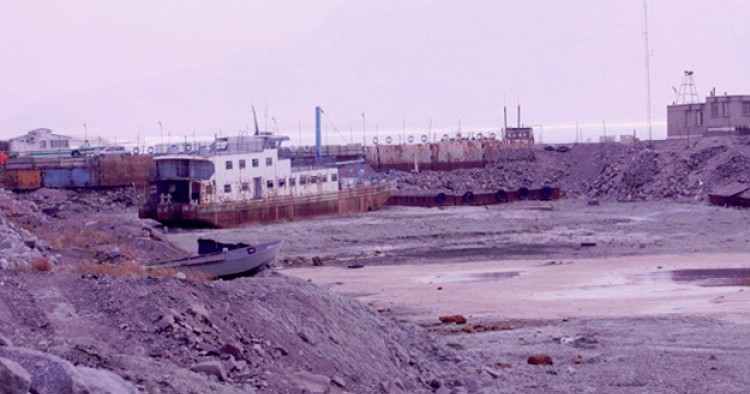“Iran has shared water [resources] with 12 neighboring countries. Drought can become a source of cooperation or friction,” Major General Yahya-Rahim Safavi, military adviser to Supreme Leader Ali Khamenei, said at the Water Diplomacy and Hydro-politics Conference on Tuesday.
The gravity of Safavi’s statement is best understood against the background of the water crisis in Iran and the country’s existing water disputes with neighboring countries.
Within Iran, the authorities constantly warn of depletion of the country’s water resources. On December 3, 2016, Rahim Meidani, Energy Ministry deputy, warned “76% of Iran’s groundwater is already used,” and said “Iranian civilization is in endangered by the water crisis.” Isa Kalantari, Iran Environmental Protection Organization director, on August 28, 2017, warned that Iran’s water situation is “beyond crisis,” and the country “will not have water twenty years from now!”
Popular anger because of water scarcity in Iran is also on the rise, and according to the Iranian press, peasants have at times blown up water pipelines transferring water to neighboring provinces. On February 24, 2013, “unknown individuals” blew up the Zayandehroud river pipeline from Isfahan to Yazd Province. On August 8, 2016, one was killed, 108 were injured in clashes over water between angry peasants from two neighboring villages in Chahar-Mahal va Bakhtiari province. On July 17, 2017, one was killed and 12 were injured in fight over illegal water drilling between local peasants and the Law Enforcement Forces in Joghatai county in Razavi Khorasan province. On November 7, 2016, the same pipeline transferring water from Isfahan to Yazd was destroyed once again by a tractor. In the face of repeated attacks, Hossein Ghafouri, Yazd Water Organization director warned the central government that his city with a population of more than a million, has only water reserves for “five hours.”
In the face of a domestic water crisis, Iran is particularly sensitive about shared water resources with other countries, in particular the flow of water from Helmand River from Afghanistan into Iran. When Safavi says “we must engage in dialogue about water with Afghanistan and Iraq,” and in the same breath adds that “the impact of foreign [military] presence in neighboring countries must be considered when it comes to the issue of shared waters,” his words must be seen as a vague warning. “We do not want the [water] issue to enter the realm of hard and military power,” was another veiled threat from Safavi, who served as the chief commander of the Islamic Revolution Guards Corps (IRGC) between 1997 and 2007.
The Middle East Institute (MEI) is an independent, non-partisan, non-for-profit, educational organization. It does not engage in advocacy and its scholars’ opinions are their own. MEI welcomes financial donations, but retains sole editorial control over its work and its publications reflect only the authors’ views. For a listing of MEI donors, please click here.













